Growing Geriatric Population
The growing geriatric population is a significant driver of the Overactive Bladder Treatment Market. As individuals age, the likelihood of developing OAB increases, with studies indicating that nearly 30% of older adults experience symptoms. This demographic shift is expected to continue, with projections showing that the number of individuals aged 65 and older will double by 2050. Consequently, healthcare systems are increasingly focusing on addressing the needs of this population, leading to a surge in demand for effective OAB treatments. Furthermore, the geriatric population often presents with comorbidities that complicate treatment, necessitating tailored therapeutic approaches. This trend underscores the importance of developing specialized treatments for older adults, thereby enhancing the growth prospects of the Overactive Bladder Treatment Market.
Rising Prevalence of Overactive Bladder
The increasing prevalence of overactive bladder (OAB) is a primary driver for the Overactive Bladder Treatment Market. It is estimated that approximately 16% of adults experience OAB symptoms, which can significantly impact their quality of life. This growing patient population necessitates effective treatment options, thereby propelling market growth. As awareness of OAB expands, more individuals seek medical advice and treatment, further contributing to the demand for innovative therapies. The rising incidence of conditions associated with OAB, such as diabetes and neurological disorders, also plays a crucial role in expanding the market. Consequently, pharmaceutical companies are investing in research and development to address this unmet medical need, indicating a robust future for the Overactive Bladder Treatment Market.
Advancements in Pharmaceutical Treatments
Recent advancements in pharmaceutical treatments for overactive bladder are significantly influencing the Overactive Bladder Treatment Market. New drug formulations and delivery systems have emerged, enhancing efficacy and patient compliance. For instance, the introduction of antimuscarinic agents and beta-3 adrenergic agonists has provided patients with more options for managing their symptoms. The market for these medications is projected to grow, with estimates suggesting a compound annual growth rate (CAGR) of around 5% over the next few years. Additionally, ongoing clinical trials are exploring novel therapeutic approaches, including combination therapies and neuromodulation techniques. These innovations not only improve treatment outcomes but also expand the overall market potential, indicating a dynamic landscape for the Overactive Bladder Treatment Market.
Rising Awareness and Education Initiatives
Rising awareness and education initiatives regarding overactive bladder are crucial drivers for the Overactive Bladder Treatment Market. Various organizations and healthcare providers are actively promoting awareness campaigns to educate the public about OAB symptoms and treatment options. These initiatives aim to reduce stigma and encourage individuals to seek help, which is essential for early diagnosis and effective management. As awareness increases, more patients are likely to consult healthcare professionals, leading to higher treatment rates. Furthermore, educational programs targeting healthcare providers are also being implemented to ensure that they are well-equipped to address OAB in their patients. This growing emphasis on education is expected to significantly enhance the market landscape for the Overactive Bladder Treatment Market.
Increased Investment in Healthcare Infrastructure
Increased investment in healthcare infrastructure is positively impacting the Overactive Bladder Treatment Market. Governments and private entities are allocating more resources to enhance healthcare facilities and services, which facilitates better diagnosis and treatment of OAB. Improved access to healthcare services, particularly in underserved regions, is likely to lead to higher rates of diagnosis and treatment initiation. Additionally, the establishment of specialized clinics and centers for bladder health is becoming more common, further driving market growth. This investment trend is expected to continue, as stakeholders recognize the importance of addressing OAB as a public health issue. As a result, the Overactive Bladder Treatment Market is poised for expansion, with enhanced accessibility and quality of care.


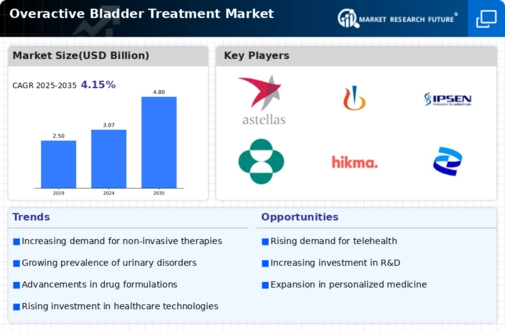
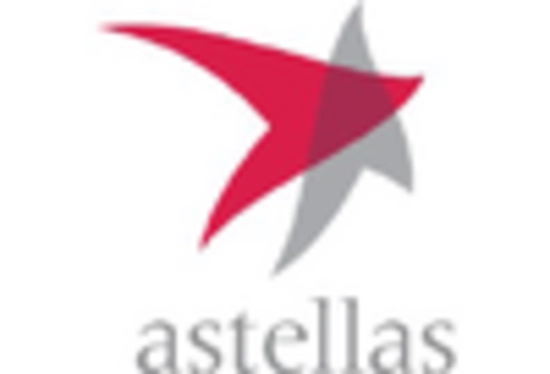
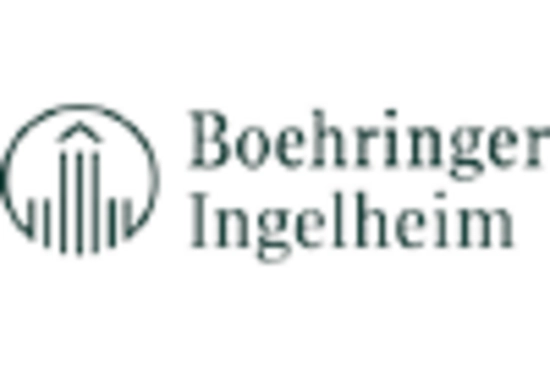
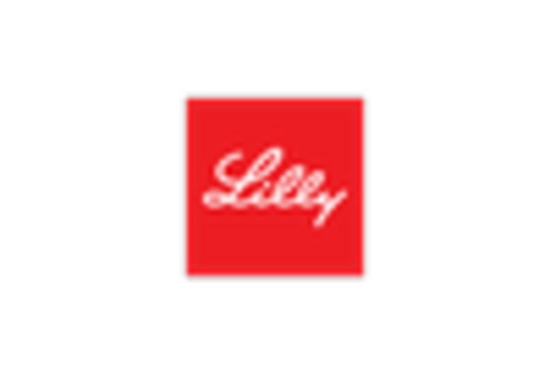

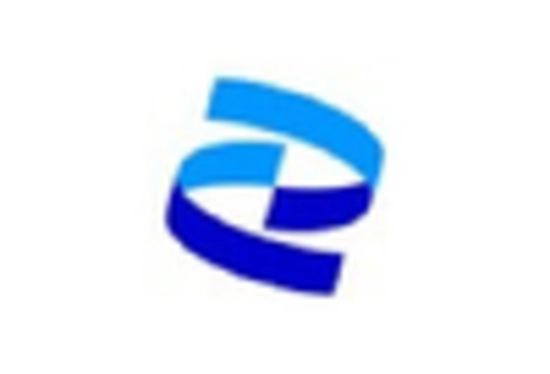









Leave a Comment